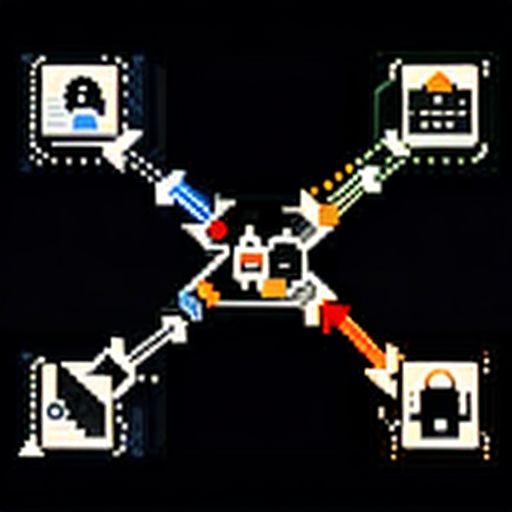In today’s data-driven world, collaboration is key. Imagine a system where valuable information flows seamlessly between the public and private sectors, fueling innovation and addressing critical challenges. This is the essence of a Government-industry Data Exchange Program.
What is a Government-industry Data Exchange Program?
A government-industry data exchange program is a collaborative framework that facilitates the secure and responsible sharing of data between government agencies and private sector organizations. These programs aim to leverage the strengths of both sectors, combining the government’s vast data resources with the private sector’s innovation and analytical capabilities.
Why are Government-industry Data Exchange Programs Important?
The importance of these data exchange programs cannot be overstated. Here’s why:
- Enhanced Decision-Making: By sharing data, both government and industry gain access to a wider pool of information, leading to more informed decision-making processes.
- Accelerated Innovation: The private sector can leverage government data to develop new products, services, and solutions to societal challenges.
- Improved Public Services: Government agencies can utilize industry insights derived from data analysis to enhance the efficiency and effectiveness of public services.
- Economic Growth: Data sharing can stimulate economic growth by creating new business opportunities and fostering a more data-driven economy.
debt.yeuphancung.com/wp-content/uploads/2024/07/data-exchange-diagram-6694fa.jpg" alt="Data Exchange Diagram" width="512" height="512">Data Exchange Diagram
Frequently Asked Questions about Government-industry Data Exchange Programs
Here are some common questions people have about these programs:
1. What types of data are typically exchanged?
The types of data exchanged can vary widely depending on the specific program and industry. Examples include economic data, environmental data, healthcare data, and transportation data.
2. How is data privacy and security ensured?
Data privacy and security are paramount concerns. These programs typically implement robust security measures, including data encryption, access controls, and legal agreements to protect sensitive information.
3. What are the benefits for businesses participating in these programs?
Businesses can gain a competitive advantage by accessing valuable government data, identifying new market opportunities, and developing innovative products and services.
Examples of Government-industry Data Exchange Programs
Numerous successful data exchange programs are already in place. Some notable examples include:
- The National Transportation Communications for Intelligent Transportation System (NTIS): This US Department of Transportation program facilitates data sharing for transportation research and innovation.
- Open Government Data Platform: Many countries have launched Open Government Data platforms, providing public access to a wide range of government data.
Conclusion
Government-industry data exchange programs are crucial for fostering innovation, improving public services, and driving economic growth. By embracing data collaboration, we unlock the potential to address pressing challenges and create a more prosperous and equitable future.
Do you have any insights or experiences with government-industry data exchange programs? We encourage you to share your thoughts and comments below!
